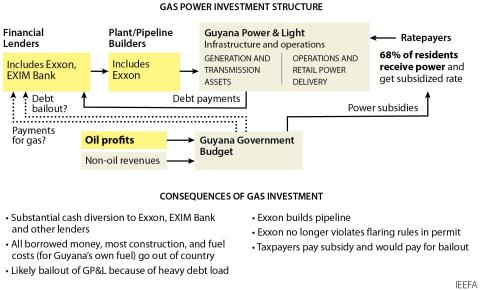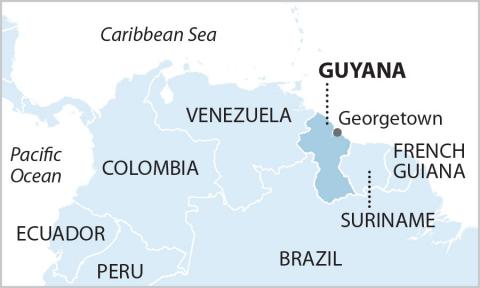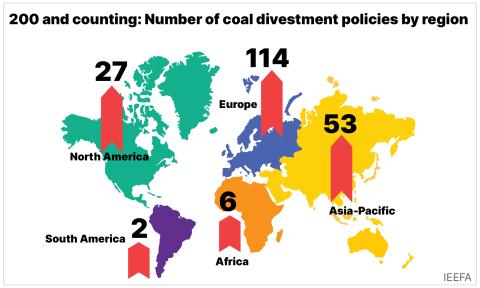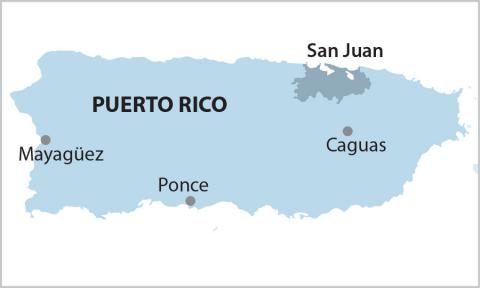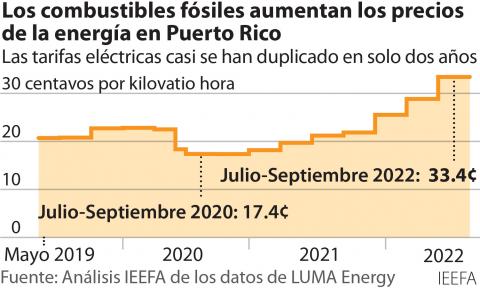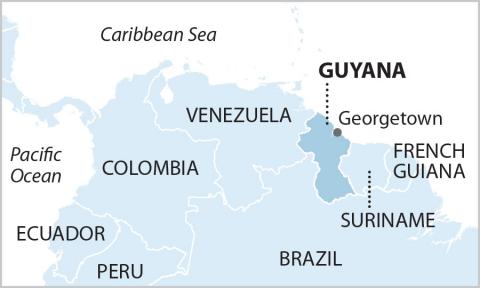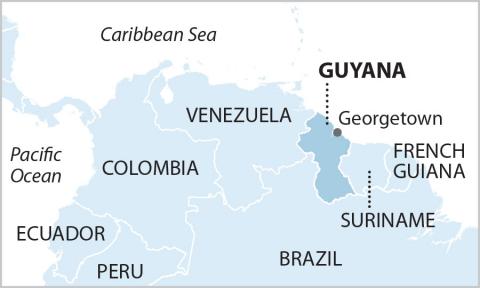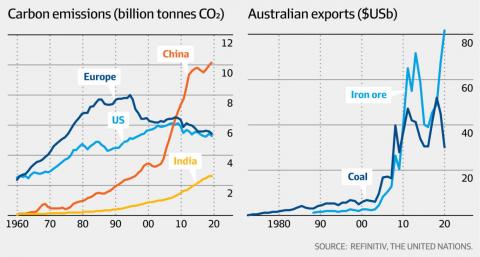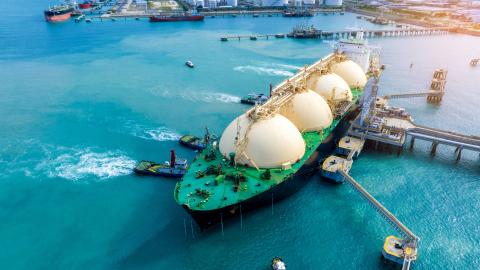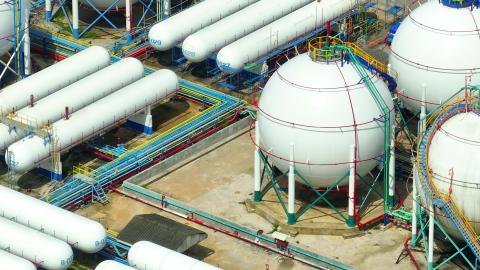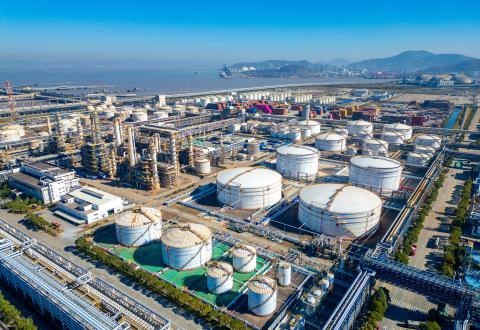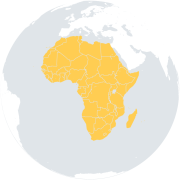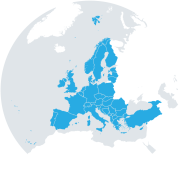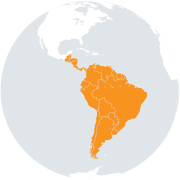
Latin & South America
Latin America has the largest share of renewable energy (hydro) for power generation in the world and accounts for just 5 percent of global greenhouse gas emissions. Being vulnerable to El Niño phenomena and aiming at improving reliability, it is heavily increasing gas-based power generation, as well as wind and solar capacity. The energy transition comes at a difficult time for countries that want to exploit existing or newly discovered fossil resources, such as Guyana or Ecuador. Progress in switching to renewables has been as diverse in the region; Chile, Colombia, and Costa Rica have been making significant progress, while Mexico and Brazil appear to be lagging the rest of the region. The Caribbean region is also falling behind climate resiliency goals. Puerto Rico, which has pledged to achieve 100% renewable energy by 2050, continues to be a major focus of IEEFA research and analysis.
